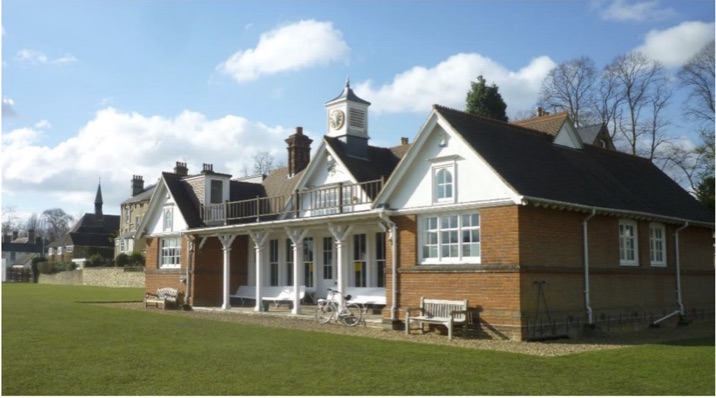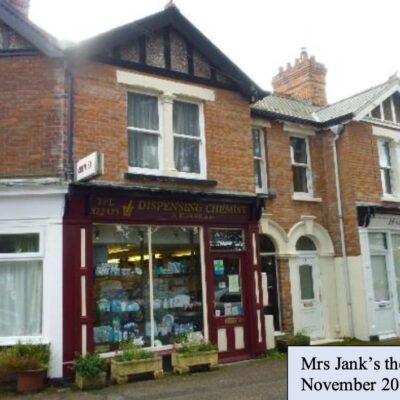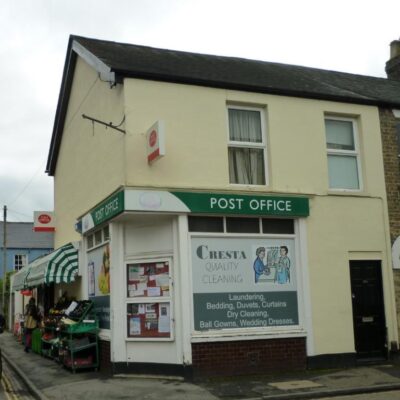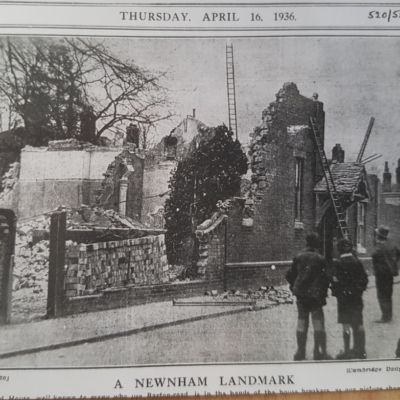Search by topic
- archaeology
- Building of Local Interest
- charity
- church
- crime
- dressmaker
- fire
- Great Eastern Railway
- Listed building
- Mapping Relief
- medieval
- oral history
- poverty
- Public House
- Rattee & Kett
- Religious House
- Roman
- scholar
- school
- Then and Now
- tudor
- women
- work
- world war one
- world war two
Search by text

Gonville & Caius Sports Ground Pavilion
Design by W. M. Fawcett
Gonville & Caius Cricket Ground is itself a key open space and one of the green ‘lungs’ of Newnham. It complements Lammas Land across the road and when play is on, it creates a very invigorating impression: that of sport being played almost in the centre of town. The principle and practice of mens sana in corpore sano (a healthy mind in a healthy body) is impressed on the passer by, whether viewed from the double decker No.18 bus or peeking through the hedge below.
History
In 1489, Lady Anne Scroop ‘devised the Manor [of Mortimers] to Gonville & Caius College’, an extensive area of 100 acres or so in Newnham including Newham Mill, and Newnham Closes within which the College’s cricket ground stands. The Victorian era saw the rise in popularity of cricket at public schools and universities. With it went the building of pavilions which served as a base where players could change into their sports clothes and from which friends and family could appreciate play.
In 1872, the College ‘took part of the closes for a cricket ground; and subsequently, for the same purpose, took all the remaining parts lying west of the pathway through them […]’. Gonville & Caius College Pavilion was designed in 1895 by the Cambridge architect W. M. Fawcett, practising from 1 Silver Street2. By 1896 it was up and running and received enthusiastically by the undergraduate cricket team , who were made partially responsible for organising the subscription for funds for its building and maintenance3. An entry in the College magazine, The Caian, entitled ‘The New Cricket Pavilion Fund’ record that ‘the builders, Messrs. Coulson & Lofts have been paid £1064. 12s. 7d. and the architect’s fee comes to £57. 8s. 6d.’ Together with incidental expenses, the total bill came to £1125. 8s.10d. Fulsome appreciation of the building is expressed in The Caian thus:-
‘Mr W.M. Fawcett, our architect, has succeeded in designing a building which at once adds very greatly to the beauty of the ground, and admirably supplies all the needs of the Cricketers and other members of our Clubs.’
The first full accounts cover the period 1891-95. The undergraduates were quite successful in raising funds, and by 1891 they had obtained £200 from the College, £40 from Amalgamated Clubs. However, by 1895 they had only amassed £718, so fretted about the shortfall.
More Information
- Read more about the history of the Pavilion in the PDF, Gonville & Caius College Cricket Pavilion.
Contribute
Do you have any information about the people or places in this article? If so, then please let us know using the Contact page or by emailing capturingcambridge@
License
This work is licensed under CC BY-NC-SA 4.0









